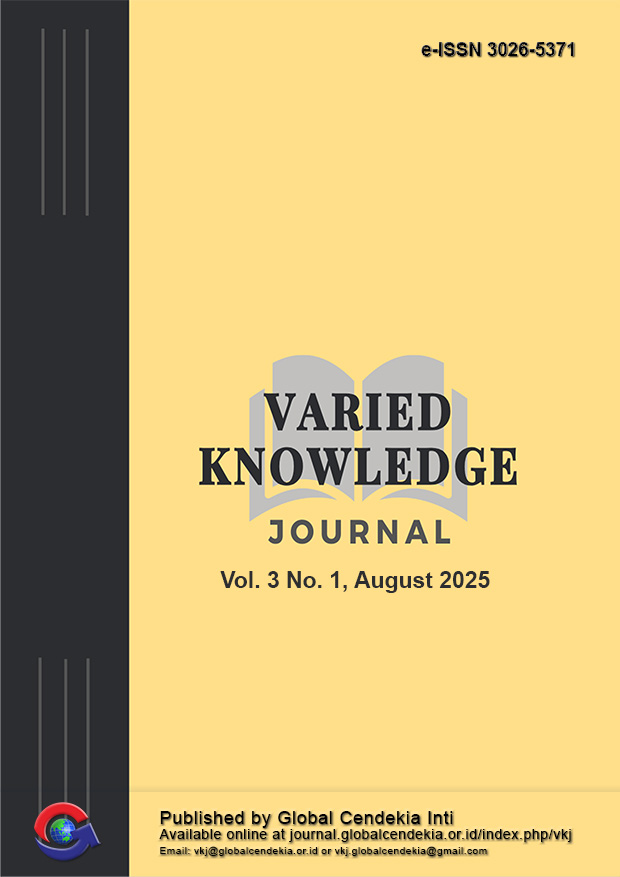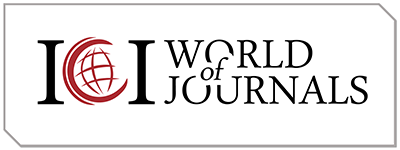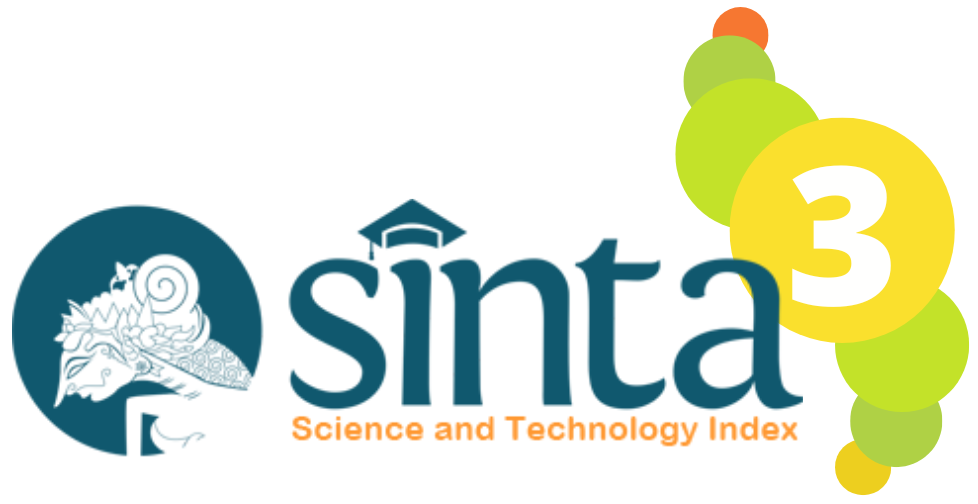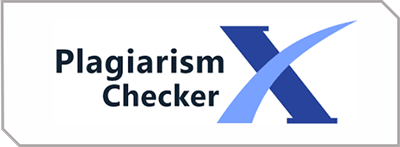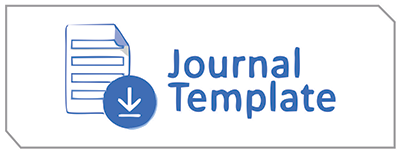Potensi Karbon Aktif dari Kulit Durian dengan Aktivator HCl untuk Immobilisasi Asam Lemak Hidroksamat
DOI:
https://doi.org/10.71094/vkj.v3i1.128Keywords:
activated carbon, durian peel, HCl, immobilization, fatty hydroxamic acidAbstract
Durian peel waste has the potential to be converted into high-value activated carbon through carbonization and chemical activation processes. This study aims to investigate the potential of durian peel–derived activated carbon, activated using HCl, as a material for immobilizing hydroxamic fatty acids. The research process included raw material preparation, carbonization at 500–600 °C, chemical activation with varying HCl concentrations (0.5 M, 1 M, 2 M), and characterization using Fourier Transform Infrared (FTIR), Brunauer–Emmett–Teller (BET), and Scanning Electron Microscopy (SEM). The immobilization capacity test was conducted by measuring the amount of hydroxamic fatty acid bound to the activated carbon surface. Results showed that HCl activation reduced the activated carbon yield to 28–31%, but significantly improved its quality. FTIR analysis revealed the appearance of hydroxyl and carbonyl groups, while BET analysis demonstrated an increase in surface area from 350 m²/g (non-activated) to 910 m²/g at a concentration of 2 M. SEM observations confirmed the formation of a more regular pore structure, although excessively high concentrations caused surface cracking. Adsorption tests indicated that immobilization capacity increased from 25 mg/g (non-activated) to 80 mg/g at 2 M activation, with optimum conditions achieved at 1 M, providing a balance between surface area, structural stability, and adsorption capacity. This study highlights the potential of durian peel–based activated carbon as a support material for bioactive immobilization, with promising applications in catalysis, pharmaceuticals, and environmentally friendly bioprocesses.
Downloads
References
Ardiansyah, W. Z., Ibrahim, I., Jalaluddin, J., Kurniawan, E., & Ginting, Z. (2024). Pemanfaatan Kulit Durian Sebagai Karbon Aktif Untuk Permurnian Minyak Jelantah Dengan Variasi Zat Aktivator. Prosiding Seminar Nasional Teknik Kimia Universitas Malikussaleh, 3(1), 00011.
Arif, M., Fitriyana, H., Rosa Febrianingtyas, Z. A., & Marbelia, S.T., M.Sc., Ph.D, L. (2023). PEMANFAATAN KARBON AKTIF DENGAN AKTIVATOR ASAM KLORIDA (HCL) DARI CAMPURAN LIMBAH LOW- DENSITY POLYETHYLENE (LDPE) DAN POLYETHYLENE TEREPHTHALATE (PET) DALAM MENGATASI PERMASALAHAN LIMBAH PABRIK GULA MADUKISMO DI SUNGAI BEDOG, BANTUL. Lomba Karya Tulis Ilmiah, 4(1), 53–67.
Aritonang, B., Ritonga, A. H., Harefa, K., Wiratma, D. Y., & Herlina, H. (2024). Purification of used Cooking Oil using a Combination of Activated Carbon and Bentonite Adsorbents. JURNAL FARMASIMED (JFM), 7(1), 31-40. https://doi.org/10.35451/jfm.v7i1.2331
Budiman, J. A. P., Yulianti, I. M., & Jati, W. N. (2019). Potensi Arang Aktif dari Kulit Buah Durian (Durio Zibethinus Murr.) dengan Aktivator NaOH sebagai Penjernih Air Sumur. Biota: Jurnal Ilmiah Ilmu-Ilmu Hayati, 3(3), 117-124. https://doi.org/10.24002/biota.v3i3.1901
Febriyanto, P. (2019). Pembuatan dan karakterisasi karbon aktif dari limbah kulit durian melalui metode hidrotermal dan aktivasi ZnCl₂. Jurnal Ilmiah Perikanan dan Kelautan, 11(2), 97–105.
Hayaati, R. S. R., & Ridho, R. (2020). Pengaruh Massa Arang Aktif Kulit Durian Terhadap Pengolahan Limbah Minyak Jelantah dengan Menggunakan Membran Komposit Poliamida-Arang Kulit Durian. Jurnal Crystal: Publikasi Penelitian Kimia dan Terapannya, 2(2), 14-27.
Husin, A., & Hasibuan, A. (2020). Studi pengaruh variasi konsentrasi asam posfat (H3PO4) dan waktu perendaman karbon terhadap karakteristik karbon aktif dari kulit durian. Jurnal Teknik Kimia USU, 9(2), 80-86.
Inayah, I., & Ady, P. I. (2024). Kemampuan Karbon Aktif Kulit Durian (Durio Zibethinus Murray) Sebagai Media Filter Terhadap Bau Dan Zat Organik Pada Air Sumur Gali. Sulolipu: Media Komunikasi Sivitas Akademika dan Masyarakat, 24(1), 105-109. https://doi.org/10.32382/sulo.v24i1.468
Irnameria, D. (2020). KARAKTERISASI KARBON AKTIF DARI LIMBAH KULIT DURIAN PADA SUHU KARBONISASI 300 °C MENGGUNAKAN ZAT AKTIVATOR NATRIUM HIDROKSIDA DAN ASAM SULFAT. Journal of Nursing and Public Health, 8(1), 23-28. https://doi.org/10.37676/jnph.v8i1.1009
Oko, S., Mustafa, M., Kurniawan, A., & Palulun, E. S. B. (2021). Pengaruh Suhu dan Konsentrasi Aktivator HCl terhadap Karakteristik Karbon Aktif dari Ampas Kopi. METANA, 17(1), 15-21. https://doi.org/10.14710/metana.v17i1.37702
Ruspita, R., Agipa, A., & Kurnia, S. (2024). Activated Carbon Adsorbent from Durian Peel to Reduce COD Levels in Science Laboratory Wastewater. Jurnal Kartika Kimia, 7(1), 25-32. https://doi.org/10.26874/jkk.v7i1.226
Sailah, I., Mulyaningsih, F., Ismayana, A., Puspaningrum, T., Adnan, A. A., & Indrasti, N. S. (2020). KINERJA KARBON AKTIF DARI KULIT SINGKONG DALAM MENURUNKAN KONSENTRASI FOSFAT PADA AIR LIMBAH LAUNDRY. Jurnal Teknologi Industri Pertanian, 30(2), 180-189. https://doi.org/10.24961/j.tek.ind.pert.2020.30.2.180
Sari, A. M., Pandit, A. W., & Abdullah, S. (2021). PENGARUH VARIASI MASSA KARBON AKTIF DARI LIMBAH KULIT DURIAN (DURIO ZIBETHINUS) SEBAGAI ADSORBEN DALAM MENURUNKAN BILANGAN PEROKSIDA DAN BILANGAN ASAM PADA MINYAK GORENG BEKAS. Jurnal Konversi, 10(1), 1-7. https://doi.org/10.24853/konversi.10.1.7
Sari, D. K., Anwar, H., & Sumanjaya, E. (2025). Efektivitas Karbon Aktif Eceng Gondok (Eichornia crassipes) dalam Menurunkan Kandungan COD dan Detergen pada Limbah Laundry. Agroteknika, 8(1), 153-163. https://doi.org/10.55043/agroteknika.v8i1.392
Verayana, V., Paputungan, M., & Iyabu, H. (2018). Pengaruh Aktivator HCl dan H3PO4 terhadap Karakteristik (Morfologi Pori) Arang Aktif Tempurung Kelapa serta Uji Adsorpsi pada Logam Timbal (Pb). Jurnal Entropi, 13(1), 67-75.
Downloads
Published
How to Cite
Issue
Section
License
Copyright (c) 2025 Muhsinun, Syamsul Hidayat

This work is licensed under a Creative Commons Attribution-ShareAlike 4.0 International License.

